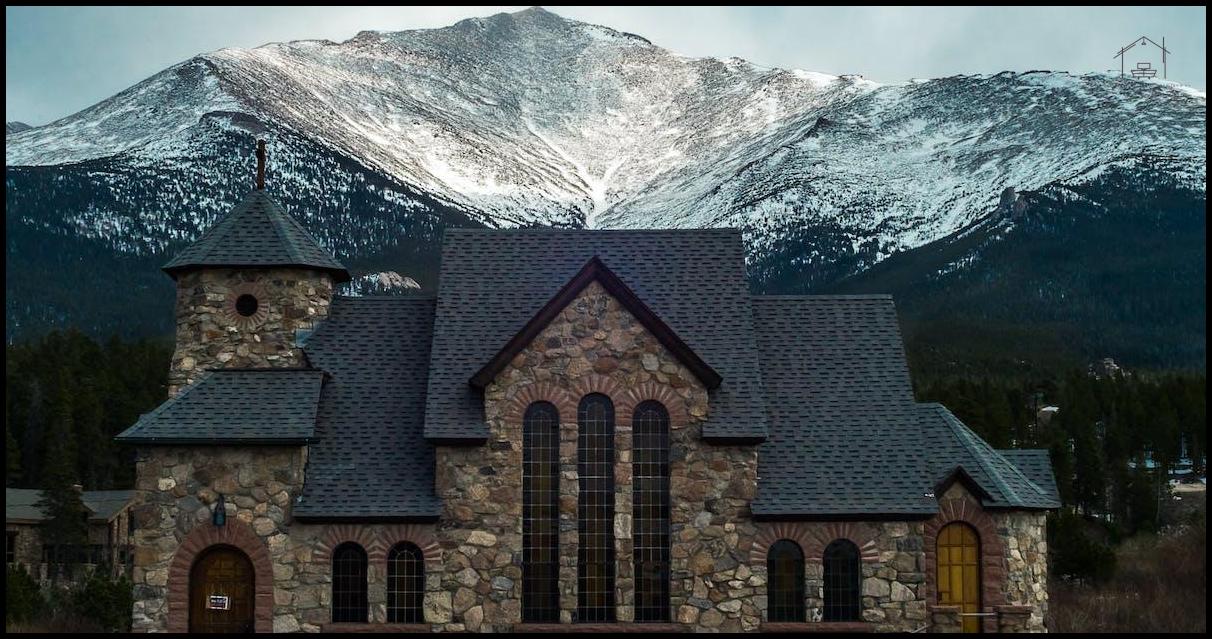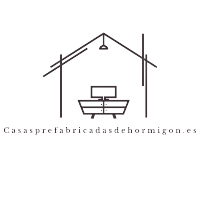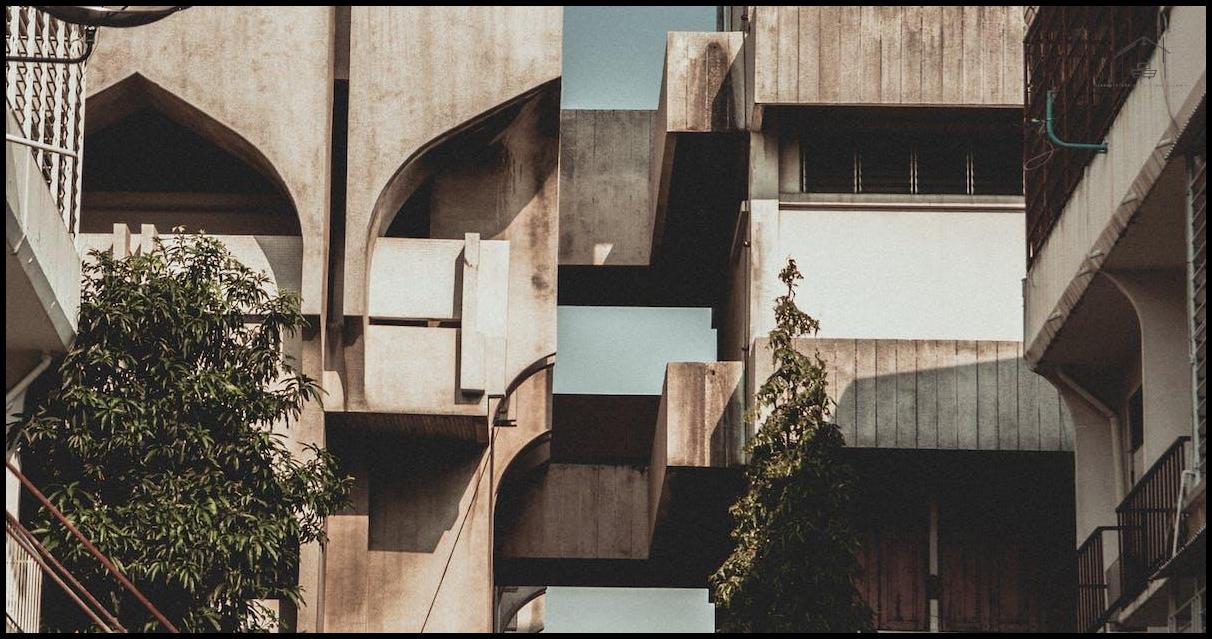In this article, we will thoroughly analyze the costs of a prefabricated concrete house, considering various factors that influence its price. One of the key aspects is the type of materials used in its construction, which can vary significantly in quality and price. Additionally, the size and design of the house play a fundamental role in the final cost. On the other hand, we will also explore the customizations and extras that can add value to the property. Next, we will compare the prices per square meter of various options in prefabricated concrete houses, analyzing the advantages and disadvantages of higher prices. Finally, we will examine the financing options available, from mortgage loans for prefabricated homes to grants and assistance for the construction of sustainable homes. Keep reading to discover everything you need to know about the costs of a prefabricated concrete house.
Factors Influencing the Price of a Prefabricated Concrete House
Materials Used in Construction
The cost of a prefabricated concrete house largely depends on the materials used in its construction. There are different material options, such as conventional concrete and cellular concrete, offering different advantages in terms of thermal insulation, energy efficiency, and strength.
Cellular concrete, for example, offers higher energy efficiency and better thermal insulation than conventional concrete, but its price may be higher. In addition to the type of concrete, other materials like steel, wood, and the chosen finishes can also influence the final cost of the house.
Size and Design of the House
The size and design of a prefabricated concrete house are also determining factors in its price. As the size of the house increases, the construction cost is likely to increase as well. This is because more materials and labor are required for its construction.
Besides the size, the design of the house can also influence the cost. Elements like porches, outdoor areas, and the layout of the spaces can affect the final price of the prefabricated house.

Customizations and Extras
The customizations and extras you wish to include in a prefabricated concrete house can also influence its price. From fireplaces and heating systems to home automation and other installations, each addition can increase the budget.
Likewise, the choice of elegant finishes, the incorporation of special features, and any other personalized element can increase the final cost of the house.
It can be concluded that the price of a prefabricated concrete house is influenced by various factors. The materials used in construction, the size and design of the house, as well as the desired customizations and extras, are central elements in determining the final cost. It’s important to take these factors into account when planning the construction of a prefabricated concrete house.
Price Comparison in Prefabricated Concrete Houses
In the price comparison of prefabricated concrete houses, it is important to consider various factors that can influence the final cost of construction. Some of these factors include the size of the house, the materials used, the selected finishes, and the special features that you wish to include in the house.
The price per square meter of prefabricated concrete houses can range from 800 euros to 1,400 euros. However, it is important to highlight that this price can vary depending on the specific features of the construction. Choosing more elegant finishes, adding personal touches, and using high-quality materials can increase the final cost.
It is also noteworthy that the construction time for a prefabricated concrete house is usually faster compared to traditional construction methods. On average, a prefabricated concrete house can be ready in a minimum of three months and a maximum of seven months. This attractive speed of construction is one of the reasons why many homeowners opt for this type of dwelling.
Analysis of Price Per Square Meter
The price per square meter for a prefabricated concrete house can vary based on various factors. The size of the construction is one of the main determinants of the cost. As the size of the house increases, it’s likely that the price per square meter will also increase.
The choice of materials and finishes can also have a significant impact on the final price of the house. For example, the use of concrete and steel tends to be more expensive, while wood can be a more economical option.
Another aspect to consider is the cost of the land. Acquiring a plot is essential for building a prefabricated house, and this cost can represent approximately 20% of the total budget. Additionally, it’s important to note that additional costs such as fireplaces, heating systems, home automation, and other installations can increase the budget.

Advantages and Disadvantages of Higher Prices
Although higher prices may seem like a disadvantage at first, it’s important to consider the advantages they offer. High-quality materials and elegant finishes can provide greater durability and a more attractive aesthetic. Additionally, prefabricated houses made of cellular concrete offer advantages in terms of thermal insulation, energy efficiency, and strength, which can result in long-term savings in energy costs.
The cost of a prefabricated concrete house can vary based on various factors such as size, materials, and finishes used. It’s important to request personalized quotes and consult companies specialized in the construction of prefabricated houses for an accurate cost estimate.
Financing Options for a Prefabricated Concrete House
Mortgage Loans for Prefabricated Houses
When deciding to acquire a prefabricated concrete house, it’s important to consider the available financing options. One of the most common alternatives is applying for a mortgage loan specifically for prefabricated houses. These loans are designed to cover the costs of construction and land purchase.
Mortgage loans for prefabricated houses are typically backed by financial institutions specialized in this type of dwelling. Similar to conventional mortgage loans, they require an economic feasibility study and the presentation of documents proving the applicant’s repayment capacity.
The advantage of this type of financing is that it allows the buyer to acquire a prefabricated house without having to bear the total cost upfront. However, it’s necessary to consider that the interest and loan conditions may vary depending on the financial institution and the characteristics of the project. The most common financing option for a prefabricated concrete house is to apply for a mortgage loan specifically designed for prefabricated houses. These loans are supported by specialized financial institutions and require an economic feasibility study similar to conventional mortgage loans. 
Grants and Assistance for Sustainable Housing Construction
Another financing option for a prefabricated concrete house is the grants and assistance aimed at promoting the construction of sustainable homes. These grants are oriented towards encouraging the use of environmentally friendly materials and energy savings.
There are various types of grants and assistance offered by institutions at both the state and regional levels, so it’s important to research which ones apply to your specific case. These subsidies can cover part of the construction cost, the purchase of energy-efficient equipment, the installation of renewable energy systems, and more.
To access these subsidies, one generally needs to present a construction project that meets the requirements set by the relevant institutions. Additionally, it’s important to remember that these aids are usually subject to application deadlines and the availability of funds. An additional financing option for a prefabricated concrete house is grants and assistance for sustainable housing construction. These subsidies are aimed at promoting the use of environmentally friendly materials and energy savings, covering various aspects of construction. However, meeting the established requirements and being aware of application deadlines and fund availability are necessary.
In summary, the price of a prefabricated concrete house can vary depending on different factors. These factors include the materials used in construction, the size and design of the house, as well as the desired customizations and extras. On our blog, Casasprefabricadasdehormigon.es, you can find more detailed information about these aspects, as well as a price comparison in prefabricated concrete houses, including an analysis of prices per square meter and the advantages and disadvantages of higher prices. Additionally, we also offer information about the financing options available, such as mortgage loans for prefabricated houses and grants and assistance for sustainable housing construction. Be sure to visit our blog for more details on the cost of a prefabricated concrete house and to discover all the options available to you.


